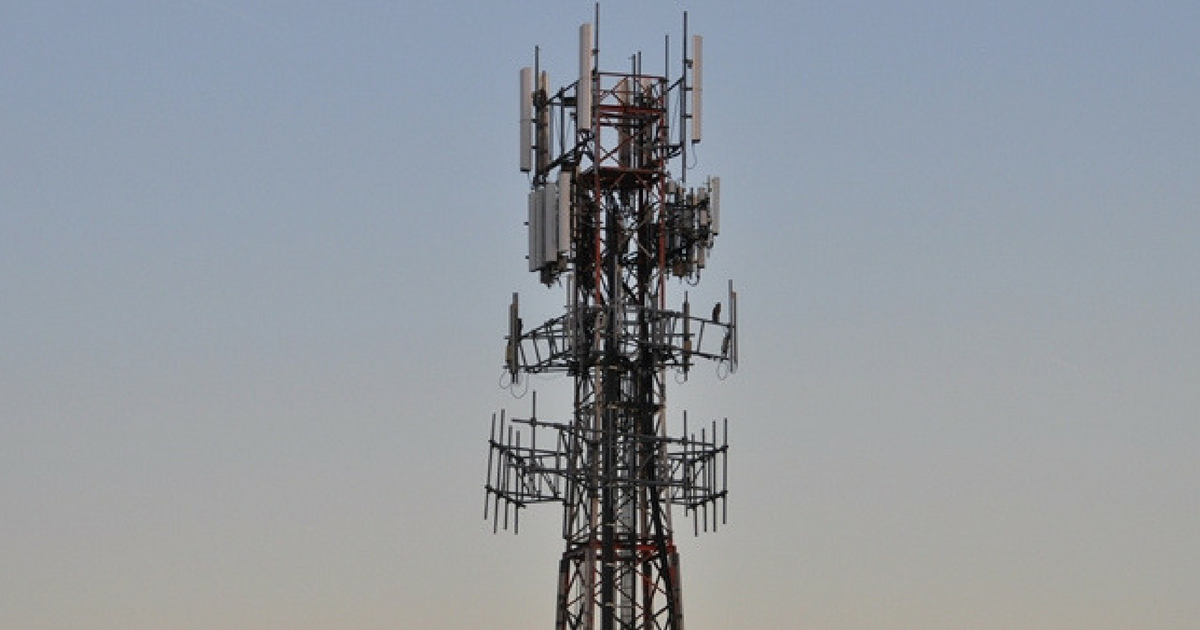If you've ever wandered through a town and spotted tiny mini 5G cell towers on street light poles. what is a safe distance from a cell tower look like small boxes however they're actually sending wireless signals from cellular providers to your phone.
These smaller towers are replacing larger, purpose-built cell towers. While they're not as noticeable, they still can create issues for users.
It is the FCC's Radiation Exposure Thresholds
The FCC's Radiation Exposure Thresholds define the safe distance that one can expose to electromagnetic radiation from wireless devices. The limits of exposure are based on scientific data which prove that electromagnetic energy can be harmful to human health.
The absorption rate specific (SAR) is an indicator of the amount of radiofrequency energy taken up by tissues. It's typically 1.6 Watts per kilogram spread over a Gram of tissue.
However, because 5g transmits at higher frequencies this could be able to create more energy on the skin and other directly-exposed body areas. This can result in many possible harms, such as an increase in the development of skin conditions such as dermatitis, skin cancer and cataracts.
Because of the potentially severe effects of 5g radiation, PSU has chosen to establish a general, localized maximum power density of four MW/cm2 averaged on 1cm2, and not to exceed 30 minutes for the entire 5G spectrum at 3000 GHz. This limit for localization is in line with the peak SAR that is spatially averaged at 1.6 W/kg, averaged over one g of tissue at 6 GHz.
The FCC's Maximum Exposure Thresholds
If you've ever used a cell phone, you probably know that a safe range from the tower is at least 400 meters away. This is due to the transmitting power of a cell tower increases dramatically the further away you are from it.

While this sounds like something that's good however, those living close to towers could be more susceptible to health problems. For example, a study from 2014 in India found that residents living within 50 meters from cell towers suffered significant more health issues than those who were distance from them.
But, the study showed that residents who moved to areas that were further from cell towers noticed their symptoms improve within a few days. Other studies have shown that exposure to high levels of radiofrequency electromagnetic fields (EMFs) can cause brain tumors, cancer and other health issues.
This is due to the fact that RF radiation, which is utilized in wireless communications, can penetrate the human body's exterior layer, which is the skin. This is important to understand since the skin functions as a barrier to protect against injury to the body, infection from pathogenic microorganisms, as well as entry of toxic substances. The skin is the most important organ of the human body, and is responsible for protecting other organs.
The FCC's Minimum Exposure Thresholds for the Minimum Exposure
The FCC's Minimum Exposure Thresholds rely on various assumptions that aren't supported by scientific evidence. This includes the false assumption that short-term exposures to RF radiations are not harmful due to minimal radiation penetration in the human body (i.e. thermal heating of tissue).
Great site does not take into account the deeper penetration of the ELF components of modulated RF signals, as well as the effects of short bursts of heat from pulsed RF waves. These assumptions are not in line with current understanding of the biological consequences of RF radiation. Therefore, they should not be relied upon for health-protection exposure standards.
In addition, the ICNIRP and FCC are limiting their maximum exposure limits to local peak SARs, based on the maximum frequency of absorption (psSAR), which can be described as not a sufficient dosimetric tool to assess the amount of radiation exposure. Particularly the psSAR tool is not accurate for frequencies that exceed 6 GHz. In addition, psSAR is not been evaluated for RF radiation that is exposed to other environmental agents , such like sunlight. In the event of interactions, RF radiation with other environmental agents could produce synergistic or antagonistic results. This would result in an increased risk of adverse health consequences. For example, co-exposure to RF radiation and sunlight could cause an increase in the incidence of developing skin cancer and exacerbate other skin conditions like acne.
